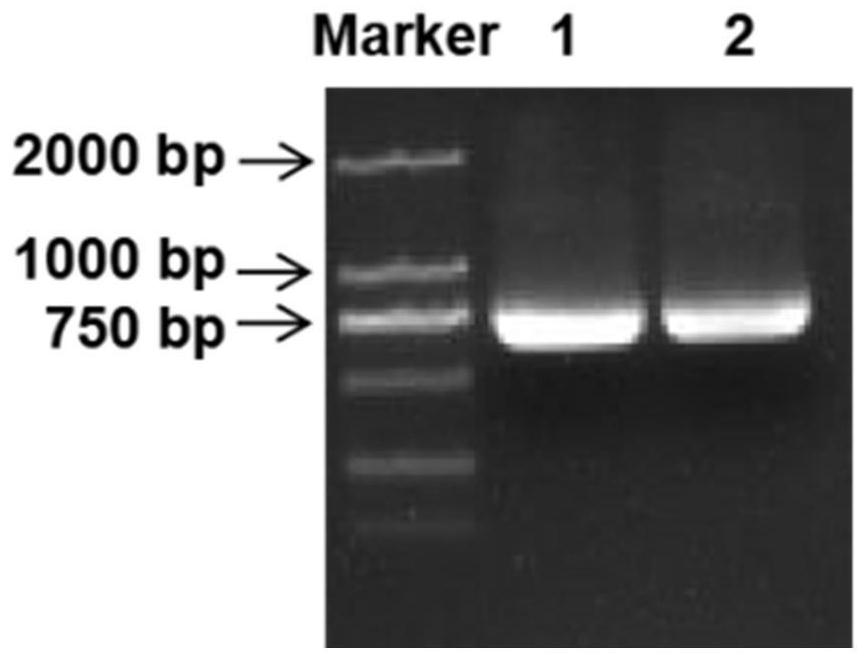Application of tomato wrky37 protein in regulating tomato leaf senescence resistance and improving tomato yield
A technology of WRKY37 and leaf senescence, applied in the field of gene editing, can solve the problems of regulating leaf senescence, achieve great application value, improve the ability of anti-leaf senescence, and increase the effect of fruit yield
- Summary
- Abstract
- Description
- Claims
- Application Information
AI Technical Summary
Problems solved by technology
Method used
Image
Examples
Embodiment 1
[0029] Example 1 Knockout of tomato SlWRKY37 gene based on CRISPR-Cas9 system
[0030] 1. Preparation of background materials
[0031] The variety used in the present invention is tomato Micro Tom. Tomato seeds are surface-sterilized with 3% sodium hypochlorite for 15 minutes, and washed with sterile water for 7-8 times after disinfection. After the seeds are washed, the seeds are sown in MS medium. The cotyledon part of the tomato seedling was taken as tissue culture material, the cotyledon tip was cut off, the remaining part was cut into a 5mm × 5mm square, and the treated cotyledon was placed on the pre-culture medium with the back side up for dark cultivation.
[0032] 2. 2 gRNA target selection
[0033] Log on to the NCBI website (https: / / www.ncbi.nlm.nih.gov / ) to query the sequence of the tomato S1WRKY37 gene. According to the sequence of SlWRKY37 gene, it contains two exons ( figure 1 ), based on the 2gRNA sequence characteristics of CRISPR-Cas9, the selected target ...
Embodiment 2
[0049] Example 2 Detection of anti-aging properties of transgenic line tomato and its application
[0050] 1. SlWRKY37 gene editing lines to delay senescence and improve yield detection
[0051] Taking the wild type of tomato Micro Tom as the control group, the knockout line slwrky-KO-1 slwrky-KO-3, which was verified to be homozygous by sequencing, was selected, and the wild type with the same growth and the same number, the gene knockout line slwrky-KO- 1. The seedlings of slwrky-KO-3, 30 plants per line, were planted in a solar greenhouse and a light incubator respectively, and then the natural senescence status of different lines of SlWRKY37 in the natural growth state was observed until the whole life cycle of fruit ripening .
[0052] Lighting incubator settings: the light cycle is 16 / 8h (light / dark), the temperature is 25 / 18°C (light / dark), and the light intensity is 125 μmol m -2 s -1 , the relative humidity is about 60%.
[0053] At the later stage of plant growth...
PUM
 Login to View More
Login to View More Abstract
Description
Claims
Application Information
 Login to View More
Login to View More - R&D
- Intellectual Property
- Life Sciences
- Materials
- Tech Scout
- Unparalleled Data Quality
- Higher Quality Content
- 60% Fewer Hallucinations
Browse by: Latest US Patents, China's latest patents, Technical Efficacy Thesaurus, Application Domain, Technology Topic, Popular Technical Reports.
© 2025 PatSnap. All rights reserved.Legal|Privacy policy|Modern Slavery Act Transparency Statement|Sitemap|About US| Contact US: help@patsnap.com



